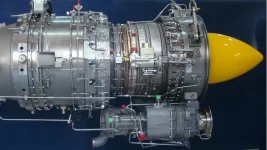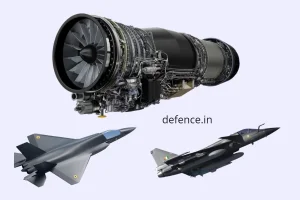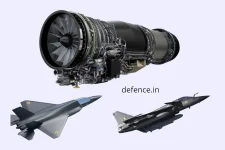- Views: 2K
- Replies: 17
The Indian Air Force (IAF) is facing a complex strategic environment with the emergence of new fifth-generation fighter programs in the region. China's J-35A, a carrier-based stealth fighter, and Turkey's Kaan, an ambitious land-based project, are both reportedly being considered by the Pakistan Air Force (PAF).
However, both aircraft are years away from operational readiness. This situation presents the IAF with a window of opportunity to focus on its indigenous Advanced Medium Combat Aircraft (AMCA) program, rather than pursuing foreign acquisitions like the F-35A or Su-57, which may not be the best fit for India's specific needs.
The J-35A, while showing progress, would require significant modifications to be adapted for land-based use by the PAF. Its long-term reliability and adaptability remain unproven
Similarly, Turkey's Kaan faces developmental hurdles, including funding limitations and technological challenges. Experts predict it will take at least a decade for the Kaan to become fully operationa.
Instead of reacting to the PAF's potential acquisitions, the IAF has a strong case for prioritizing the AMCA. Designed specifically for India's operational requirements, the AMCA offers a tailored solution.
In contrast, the F-35A, built for NATO's network-centric warfare doctrine, may not integrate seamlessly with the IAF's existing infrastructure and operational philosophy. Furthermore, its high cost could strain India's defence budget.
The Su-57, while possessing impressive capabilities, has experienced delays and production limitations. Its reliance on Russian support also raises concerns due to geopolitical uncertainties.
The AMCA, on the other hand, leverages lessons learned from the IAF's operational experience and the indigenous Tejas program. Its stealth features are optimized for the specific threats India faces, and it will incorporate advanced avionics, AI-assisted systems, and supercruise capabilities. Crucially, developing the AMCA promotes self-reliance and reduces dependence on foreign technology, aligning with India's strategic goals.
Moreover, the AMCA program strengthens India's domestic defence ecosystem, creating jobs and fostering technological innovation. By prioritizing the AMCA, the IAF not only acquires a fifth-generation fighter tailored to its needs but also contributes to India's long-term strategic autonomy.
In the meantime, the IAF can maintain its regional air superiority through a combination of upgraded fourth-generation platforms like the Rafale and Su-30MKI, and the seamless induction of the AMCA when it becomes operational.
The PAF's pursuit of the J-35A and Kaan represents a long-term challenge, not an immediate threat. The IAF's strategic focus should remain on the AMCA, which promises operational relevance and aligns with India's broader defence objectives.
Foreign acquisitions, while attractive on the surface, may not effectively serve India's unique requirements. By investing in indigenous capabilities, the IAF can secure its technological edge, bolster self-reliance, and confidently address future threats.





